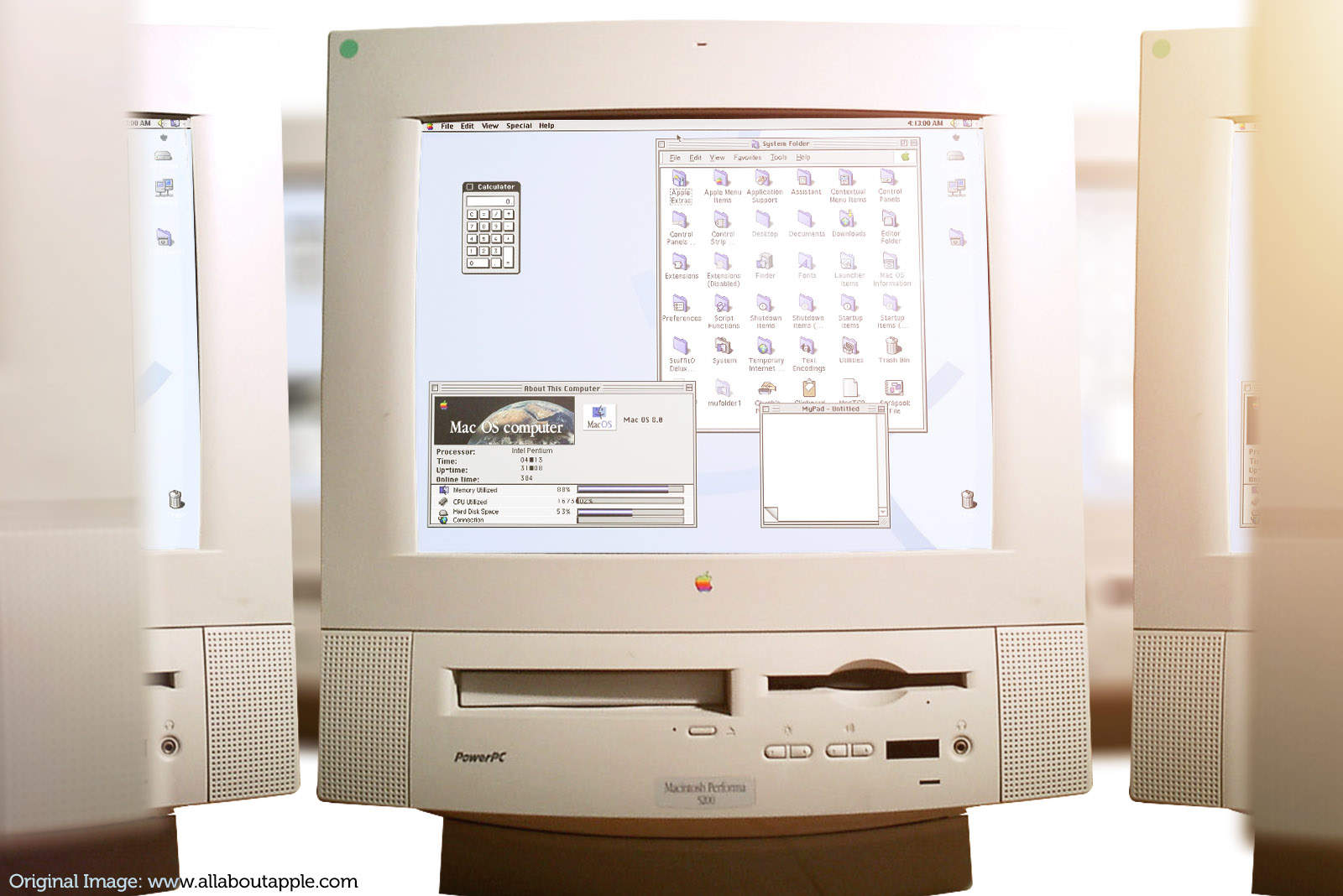[ad_1]
 March 8, 1997: Apple renames the forthcoming Mac OS 7.7 update, calling it “Mac OS 8.” It’s more than just a name change, though: It’s a sneaky sucker punch that ultimately knocks out Mac clones.
March 8, 1997: Apple renames the forthcoming Mac OS 7.7 update, calling it “Mac OS 8.” It’s more than just a name change, though: It’s a sneaky sucker punch that ultimately knocks out Mac clones.
Unfortunately for Mac users, the updated operating system does not deliver the total top-to-bottom rewrite promised by Apple’s Project Copland. However, the renaming strategy turns out to be a brilliant (if underhanded) way of getting Apple out of terrible licensing deals.
Mac OS 8 and the attack of the Mac clones
Early 1997 wasn’t a good time to be an Apple watcher. Despite the return of co-founder Steve Jobs, Apple continued losing money hand over fist, suffering through some of its worst financial quarters ever.
One big challenge Apple faced at the time was the existence of clone Macs, which the company originally viewed as a way to save itself from Microsoft’s Windows 95 juggernaut. Starting in December 1994, Apple signed a number of licensing deals with companies like Power Computing and Radius to produce Macintosh-compatible computers.
The goal? Make Mac competitive with Microsoft.
As Apple’s market share fell, long-time rival Microsoft steamed ahead, thanks to its software-licensing strategy. Cupertino execs envisioned clone Macs as a good way to secure Apple’s future.
Unfortunately, it didn’t quite work like that.
Mac OS 8 ends a bad deal for Apple
Apple CFO Fred Anderson worked out that the clone Macs strategy actually cost the company money. The $50 fee Apple received for every clone Mac sold proved far too low. The company failed to even recoup the money lost when a person chose a clone over an actual Mac.
Cupertino could not get out of the disastrous agreement if it kept updating System 7, the Mac OS licensed to clone-makers. However, if Apple released Mac OS 8, it could argue that the deal became null and void.
Apple made the switch, calling the new operating system Mac OS 8. Then Cupertino began negotiating new, more favorable terms with third parties licensing the Mac operating system.
Mac clone-makers fight back
This inevitably led to consternation from Apple’s licensees. On August 5, 1997, Apple became locked in a standoff with Power Computing after the official launch of Mac OS 8. (You can read more about the feature set of Mac OS 8 here.)
Apple eventually agreed to acquire Power Computing’s customer list and Mac OS license for $10 million and an additional $100 million in AAPL stock. That covered all of Power Computing’s outstanding debts and costs. The clone-maker closed shop for good in early 1998.
Putting an end to Mac clones was one of the first major moves Jobs made as Apple’s new CEO after his 1997 return, along with shutting down the Newton MessagePad division.
System 8 proved a hit in the marketplace, even though it fell short of expectations. Mac fans had to wait for OS X to see a major update, but System 8 marked the start of Apple’s turnaround.
[ad_2]
Source Article Link

